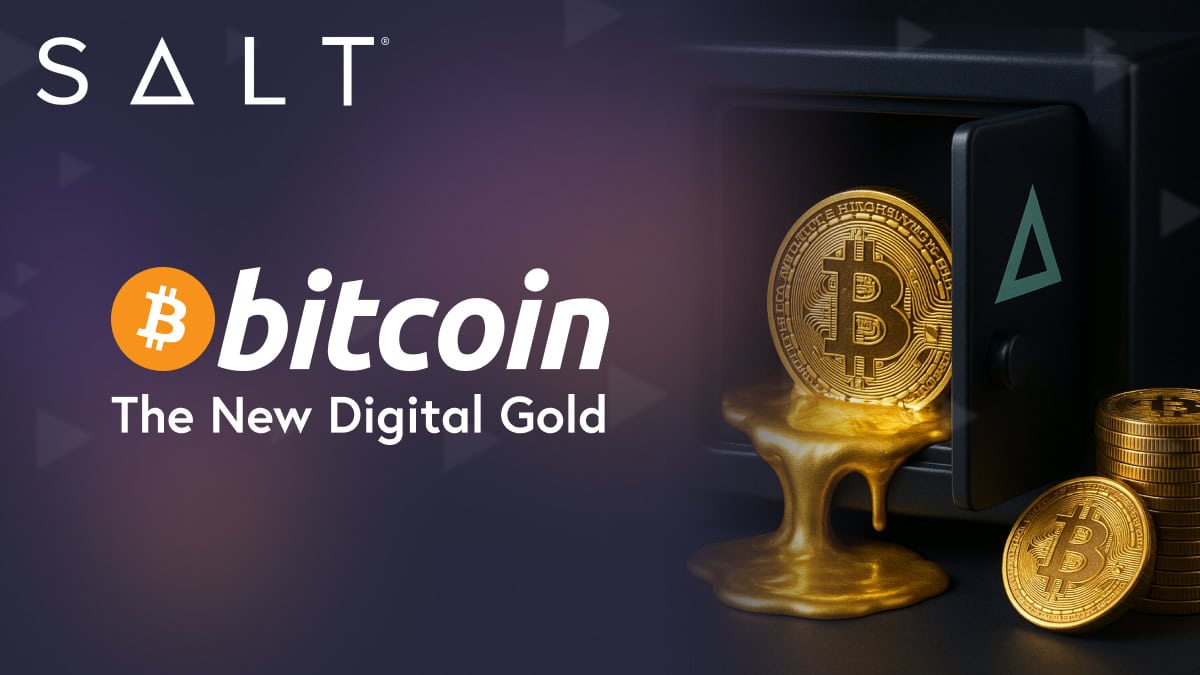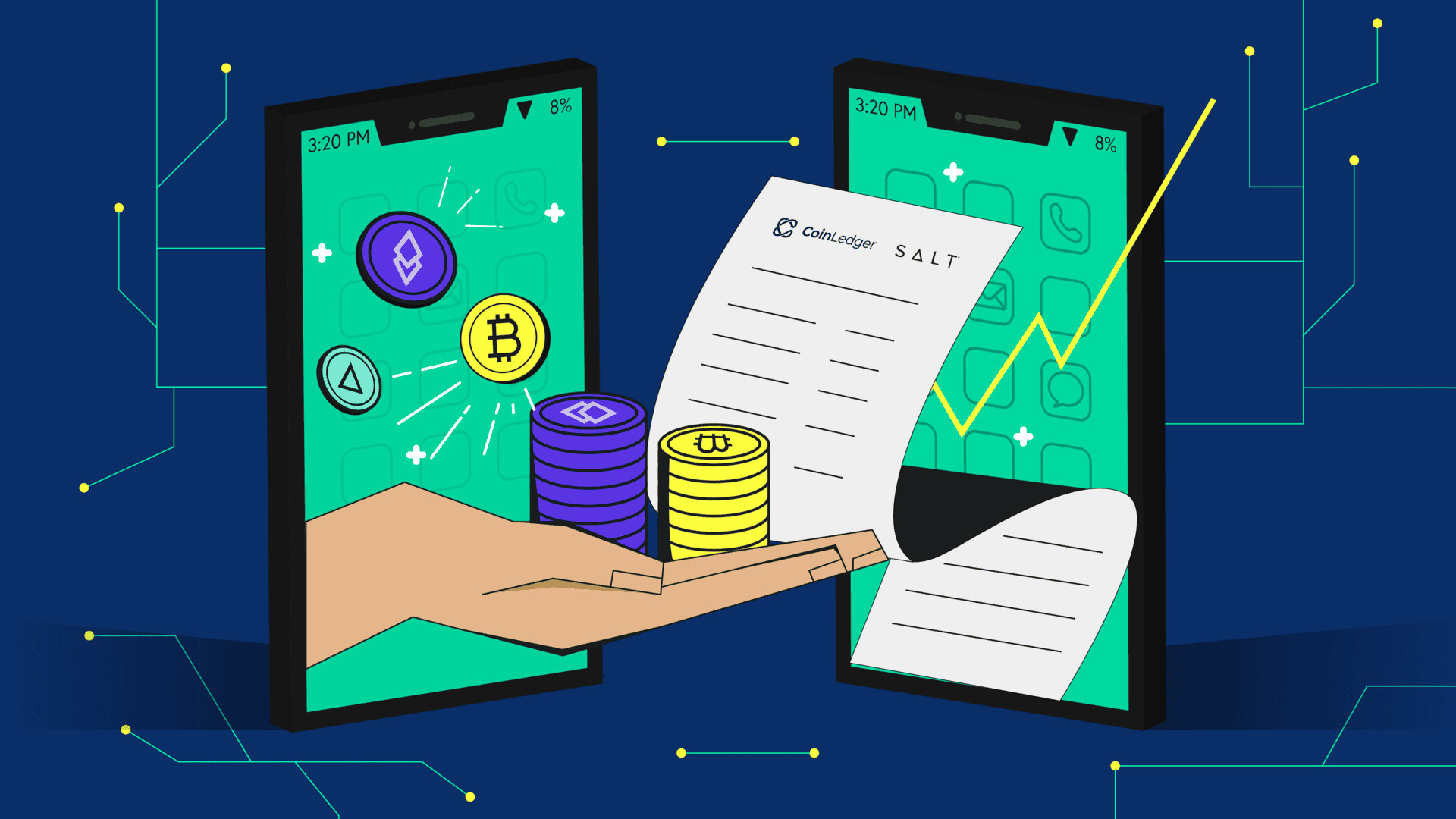For centuries, gold has been the ultimate store of value, an asset that transcended borders, regimes, and even fiat systems. But as the world undergoes a digital transformation, a new contender has entered the arena: Bitcoin. Often referred to as “digital gold,” Bitcoin is rewriting the rules of monetary sovereignty, inflation hedging, and wealth preservation.
But does bitcoin truly deserve the title? Is it really gold 2.0, or just digital hype? In this article, we’ll unpack the parallels, the divergences, and the deep economic reasons why more investors are treating bitcoin like the 21st-century version of gold.
The Origins of Gold’s Monetary Power
Before diving into bitcoin, it’s important to understand why gold held its throne for millennia. Gold is:
- Scarce – It can’t be created at will.
- Durable – It doesn’t corrode or degrade.
- Divisible – You can measure it in ounces, grams, or even flakes.
- Portable – Though heavy, it’s still manageable for transport.
- Universally accepted – From ancient empires to modern central banks, gold has always had buyers.
Gold has historically acted as a hedge during inflation, war, and currency collapse. It thrives when trust in governments or fiat currencies falters.
Enter Bitcoin: Born from Crisis
Bitcoin was launched in 2009, directly on the heels of the global financial crisis. Its creator, the pseudonymous Satoshi Nakamoto, embedded a message in bitcoin’s genesis block: “The Times 03/Jan/2009 Chancellor on brink of second bailout for banks.”
It wasn’t subtle. bitcoin was designed to be a response to the flaws in fiat currency systems — especially unlimited money printing and opaque financial institutions.
At its core, bitcoin shares several critical characteristics with gold:
Scarcity
Bitcoin’s supply is hard-coded at 21 million coins. Unlike fiat currency—and even gold, which is still mined—bitcoin’s inflation rate halves every four years. No central bank can alter this schedule.
Durability
Stored on a decentralized blockchain, bitcoin exists in cyberspace, immune to physical decay. Unlike paper money, it cannot be printed or destroyed by natural disasters.
Divisibility
Each bitcoin is divisible into 100 million satoshis, making it far more divisible than gold. This makes microtransactions or partial ownership effortless.
Portability
Gold is heavy. Bitcoin is weightless. You can carry $100 million in BTC on a USB drive — or even just remember a 12-word passphrase.
Verifiability
While gold’s authenticity must be tested, bitcoin transactions are publicly recorded and cryptographically verified.
Why Bitcoin Is Called Digital Gold
The term “digital gold” started gaining traction in the mid-2010s, as bitcoin began to mature beyond a peer-to-peer currency and started being used as a store of value.
Here’s why investors, institutions, and even governments are taking the moniker seriously:
Store of Value
As inflation eats away at the purchasing power of fiat currencies, bitcoin, like gold, serves as a store of value outside the traditional financial system.
In countries like Venezuela, Argentina, and Turkey, citizens have increasingly turned to Bitcoin to escape currency devaluation. In this way, bitcoin acts much like gold in historical monetary collapses.
Uncorrelated Asset
In traditional finance, portfolio diversification is key. Bitcoin has shown relatively low correlation to traditional assets like stocks and bonds. That’s exactly how gold has historically been used in portfolios, as a hedge in times of market stress.
Finite Supply = Deflationary Asset
Unlike gold, whose true supply is hard to calculate due to unknown reserves, bitcoin’s supply is known and fixed. That gives it unique monetary properties. While fiat currencies lose value over time due to inflation, bitcoin could increase in purchasing power as its adoption grows and supply remains static.
Bitcoin vs. Gold: A Side-by-Side Comparison
| Feature | Gold | Bitcoin |
| Supply Limit | Unknown (still being mined) | Fixed at 21 million |
| Divisibility | Moderate | Extremely divisible (1 BTC = 100M sats) |
| Portability | Bulky | Instantly transferable globally |
| Durability | High | Indestructible in digital form |
| Verifiability | Requires testing | Cryptographically verifiable |
| Inflation Resistance | High | Absolute |
| History | Thousands of years | 15+ years |
| Government Neutrality | Historically recognized | Decentralized from inception |
Institutional Recognition: Bitcoin Is Gaining Ground
Skeptics often point to bitcoin’s volatility as a reason it can’t serve as digital gold. But gold, too, has experienced major price swings — especially during early price discovery phases. What’s more important is institutional belief.
Over the past few years, we’ve seen:
- Publicly traded companies like Tesla, and Block adding bitcoin to their treasuries.
- Nation-states like El Salvador adopting bitcoin as legal tender.
- ETF approvals that bring bitcoin exposure to the mainstream financial system.
These moves mark a shift from fringe asset to global player.
Use Case Expansion: More Than a Safe Haven
Unlike gold, bitcoin isn’t just sitting in vaults. It’s programmable. That gives it functionality far beyond gold:
- Borrowing and Lending: Platforms like SALT Lending allow you to use your BTC as collateral to access fiat or stablecoin loans, without selling your holdings.
- Staking and Earning: New tools allow BTC holders to earn passive yield or participate in decentralized finance.
- Cross-border Payments: Bitcoin is faster and more efficient than wire transfers or gold shipments.
In other words, bitcoin combines a store of value with utility, something gold has never been able to achieve.
But What About the Risks?
While bitcoin has many advantages, it’s not without risks and criticisms:
Volatility
Bitcoin’s price can fluctuate wildly, 10% swings in a day aren’t uncommon. For short-term investors, this can be nerve-wracking. But for long-term holders (HODLers), volatility has historically led to upward trajectories.
Regulatory Uncertainty
Bitcoin challenges the power of traditional monetary systems. That has led to regulatory pushback in various countries. However, the tide is shifting. The U.S., EU, and many major economies are increasingly developing clearer legal frameworks.
Security and Custody
Self-custody comes with responsibility. Losing private keys means losing your coins. However, secure wallet solutions and platforms like SALT now offer insured custody options for users who want peace of mind.
HODLing: A Philosophy and a Strategy
The term “HODL” originated as a typo on a bitcoin forum, but it’s come to symbolize more than just holding through price swings.
It represents belief in a better financial future:
- A future where your money can’t be debased.
- A future where your wealth is yours, not a central bank’s.
- A future where savings grow, not shrink, over time.
That’s why many bitcoiners borrow against their BTC rather than sell it. They want to access value now, but not lose the asset that could be worth far more later.
Digital Gold Is No Longer a Metaphor
Bitcoin isn’t just an alternative asset, it’s a new monetary base layer. With its fixed supply, increasing adoption, and utility as programmable money, bitcoin is already doing what gold did, only faster, cheaper, and on a global scale.
Gold served humanity for 5,000 years. But for the digital era, we need a store of value that’s borderless, transparent, and built for the internet age.
TL;DR: Why Bitcoin Is Digital Gold
- Fixed supply, unlike fiat
- Portable, unlike physical gold
- Globally accepted, without borders
- Verifiable, transparent, and secure
- Adopted by individuals, institutions, and now even governments
What’s Next?
If you believe in bitcoin’s long-term value, don’t just hold it, put it to work.
- Borrow against your BTC without selling
- Stay tax-efficient
- Access cash for life’s needs
- Keep your upside intact








